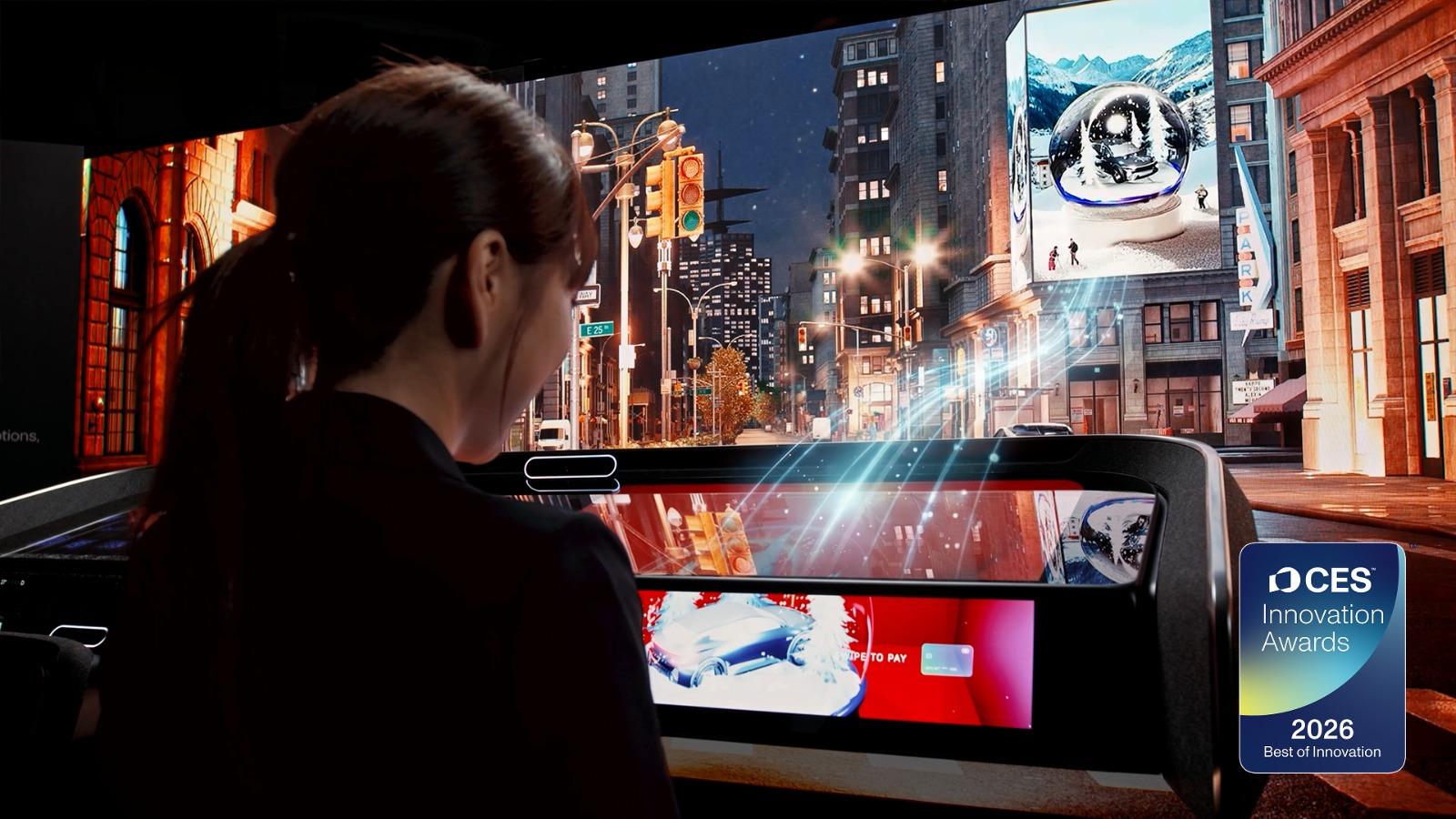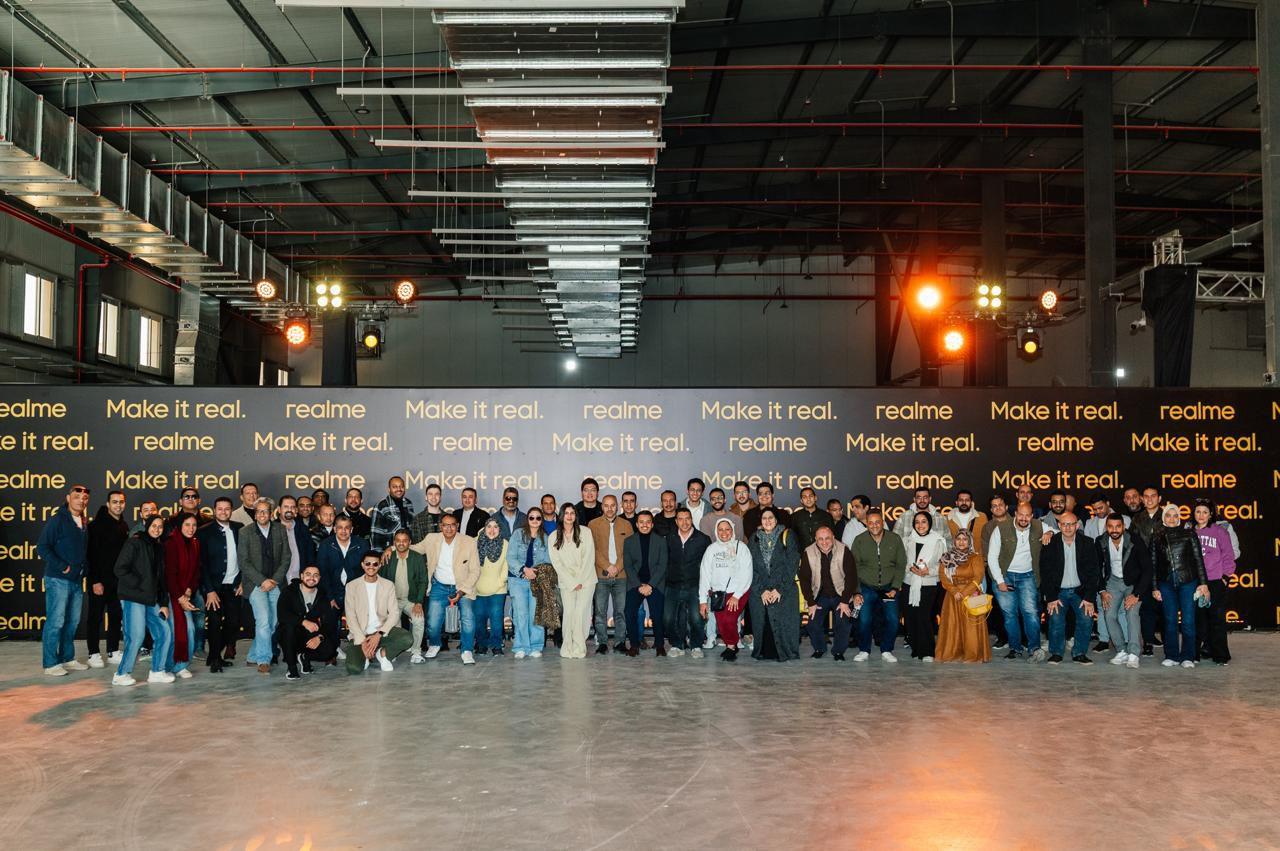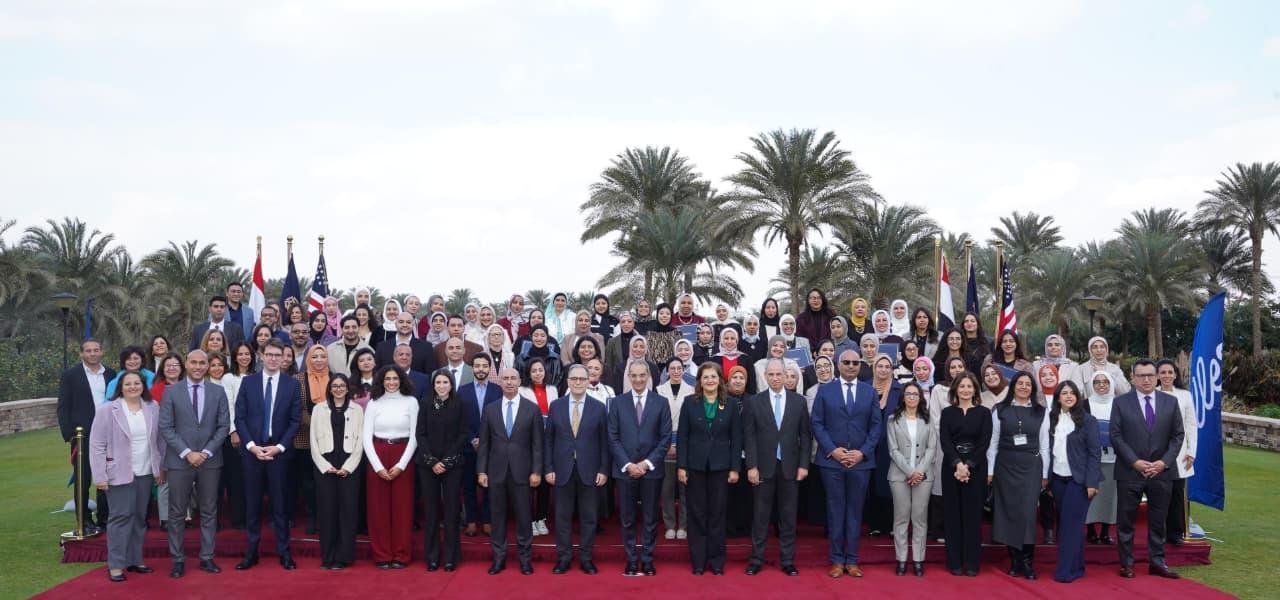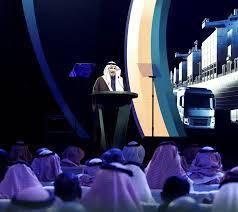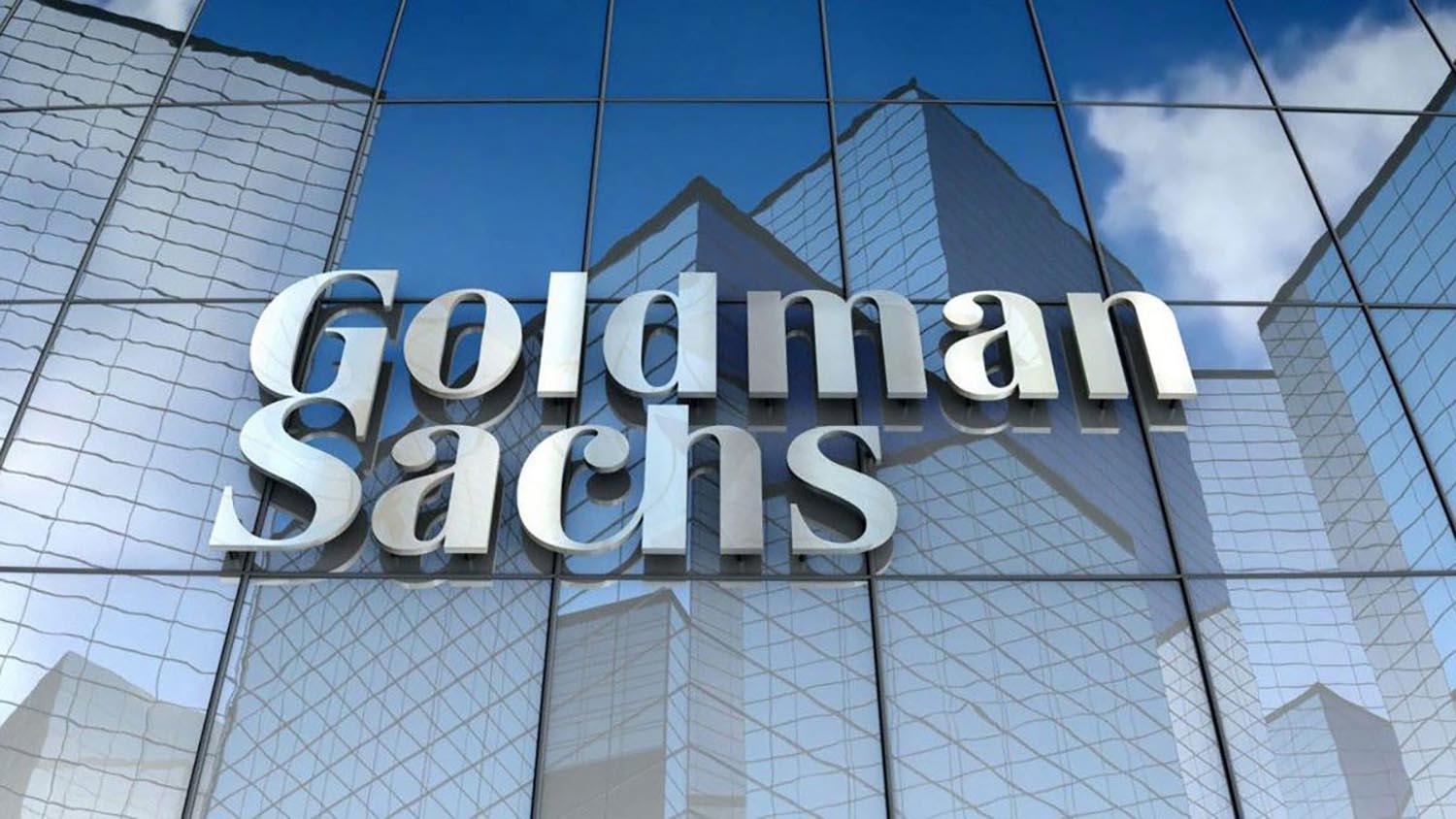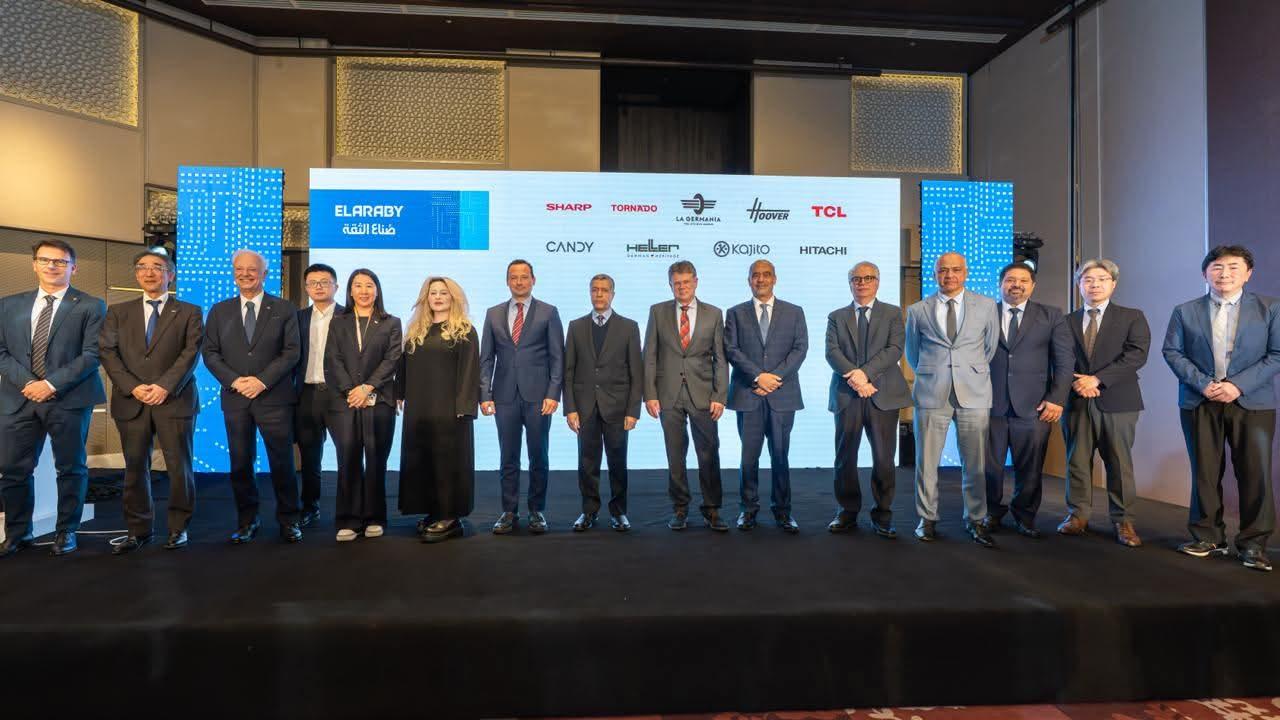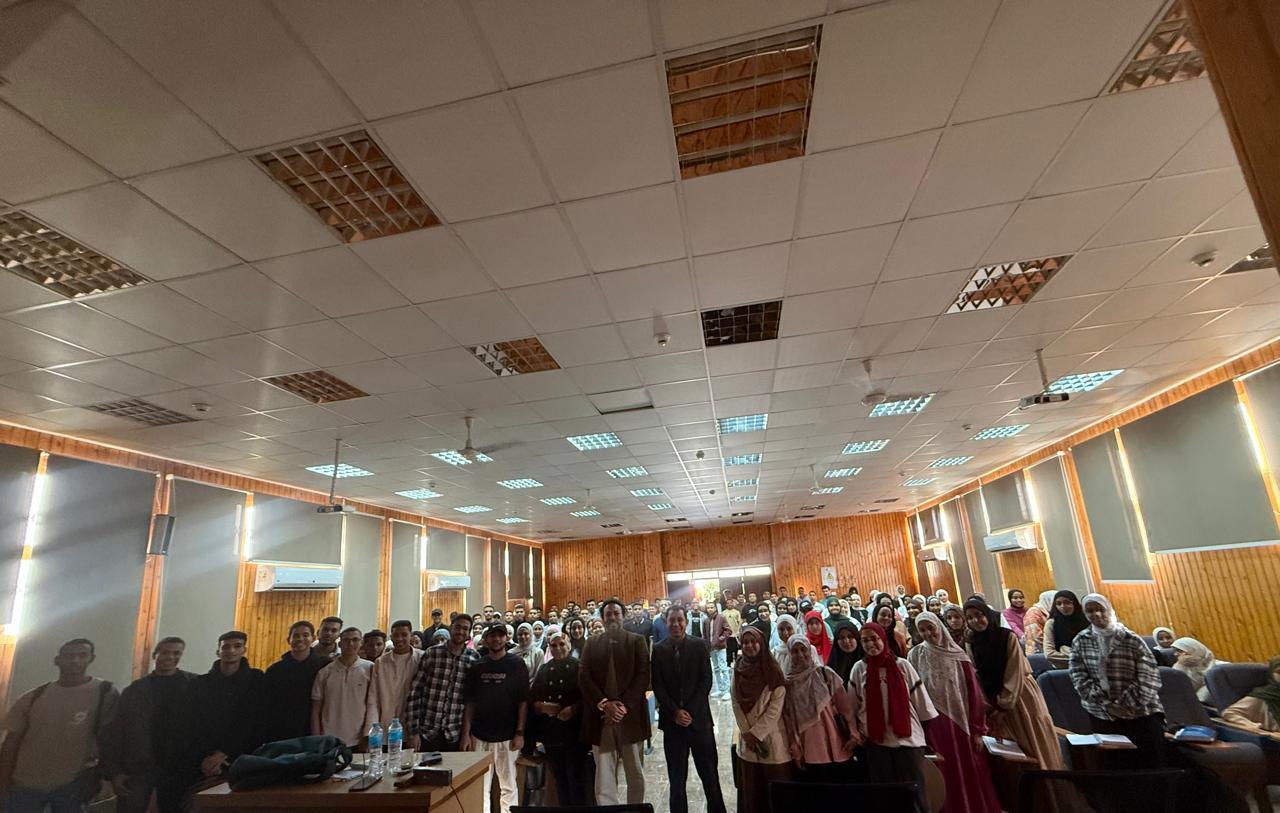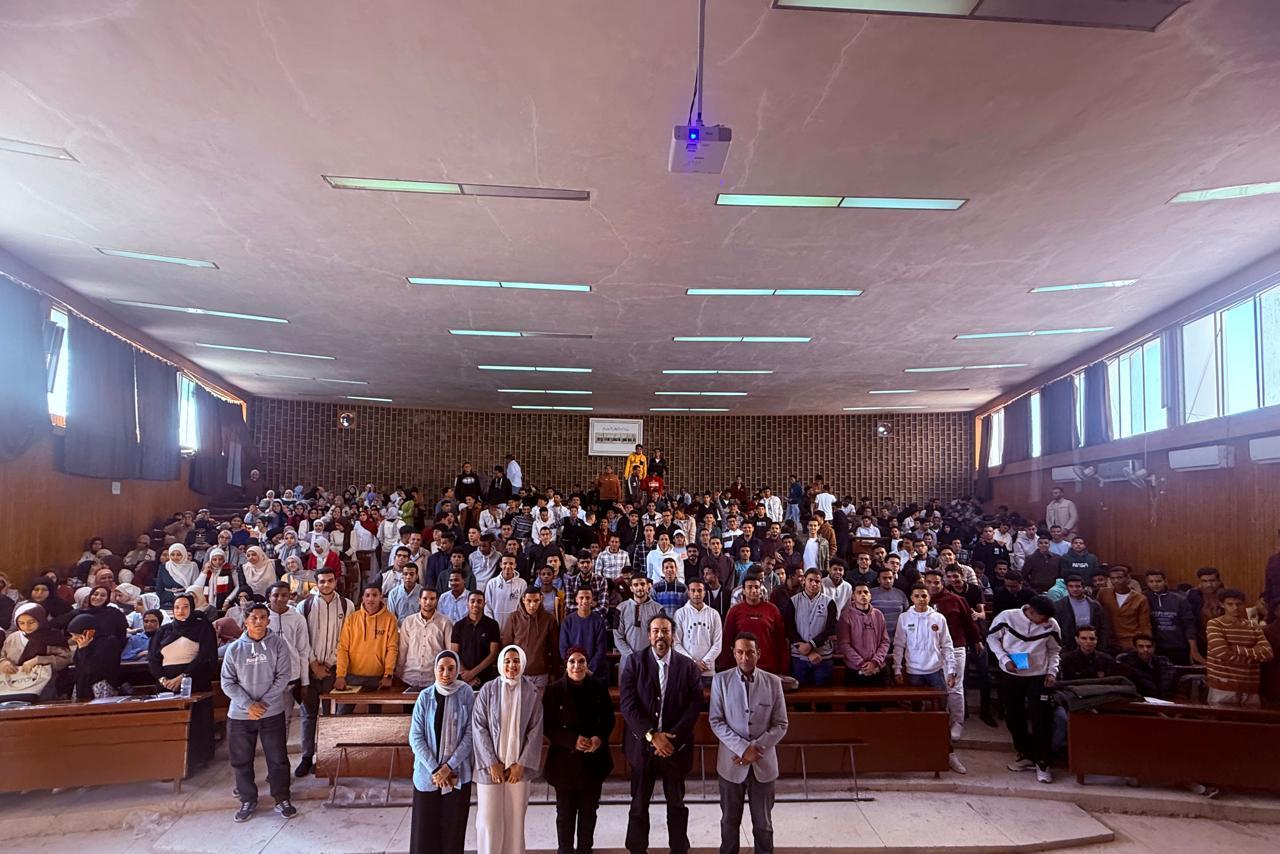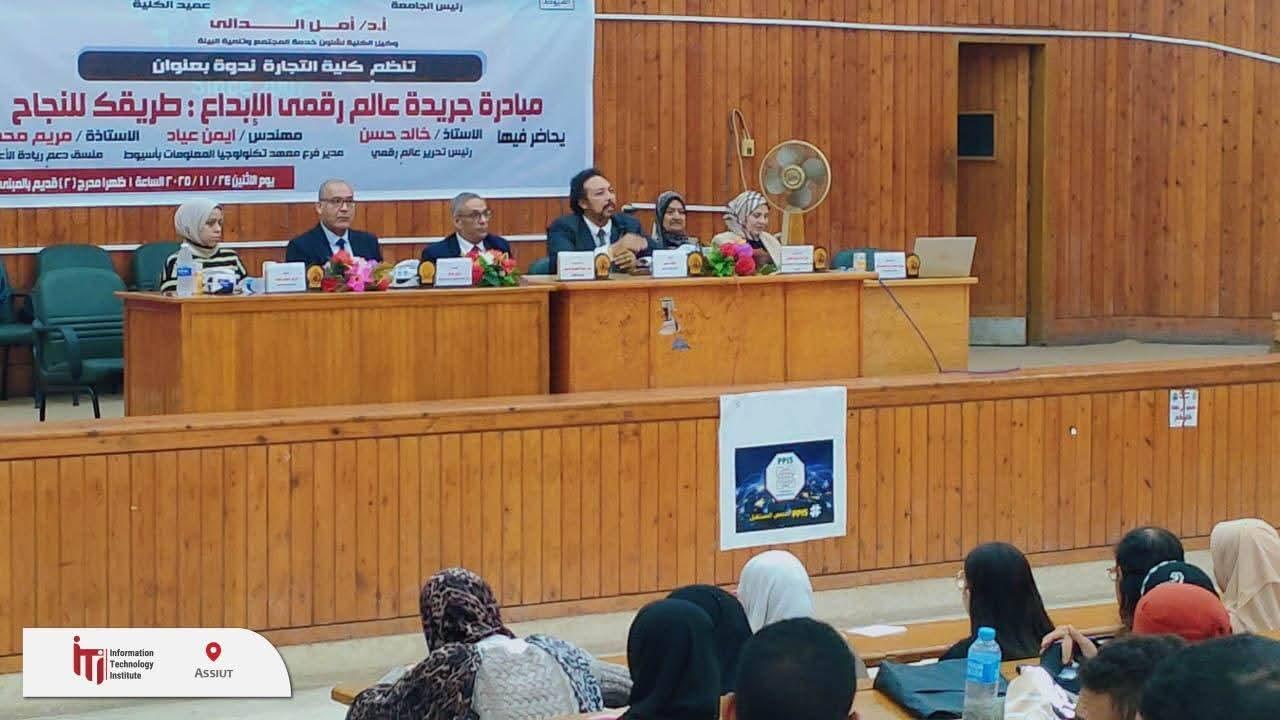Rising global warming rates point toward the need for sustainable architecture and materials in the building industries which accounts for 40% of global emissions in the world.
By : Mohamed Elttar
The region’s growing popularity for high-rise buildings and expansive infrastructure development has been on sharp focus for mounting pressure on its energy dependency to power its amenities. This, according to key stakeholders in the construction and interior design industry, is reversing the slowing down of the region’s goal to reverse the adverse effects of climate change.
High-rise buildings consume nearly 80% of all energy produced in the United Arab Emirates (UAE) every year. Apart from massive energy consumption, these buildings add another hole to the country’s sustainability plans on the back of sky-rocketing maintenance costs, design and infrastructure needs that are extremely energy-intensive.
Apart from massive energy use, buildings and construction are responsible for 40% of total carbon emissions in the world, and with the Gulf region being surrounded by this industry, it is essential that these industries are focused upon even as the region moves closer to its vision of achieving net zero-emission by 2050.
The urgent need to redevelop
Over the past few years, the Gulf region has been witnessing a massive boom in the construction and design sector. This, according to Tile of Spain - the official umbrella brand that represents the Spanish Ceramic Tile Manufacturers Association (ASCER), calls for an urgent need to adopt sustainable practices within this industry, especially in the use of ceramics.
Mott MacDonald conducted a study across the GCC region to explore how carbon emissions from buildings could be reduced. The research studies the impact of adding insulation, and external insulation finishing to improve energy consumption and significantly reduce carbon emission.
“Remodeling and using sustainable building material is an urgent cry of the hour, as global warming rates across the globe keep on rising. One of the most effective and sustainable building materials has always been ceramic, as these are 100% natural and environmentally friendly. Ceramic tiles, bricks and blocks can withstand the most adverse climate effects and can resist heat up to 1,500 degrees Celsius, which makes them most suitable for use in ventilated facades. Ceramic slabs and panels can also help reduce 154 to 229 Mt CO2-eq. This places bioclimatic architecture at the heart of sustainable design and construction,” noted Mr. Vicente Nomdedeu, president and chairman, ASCER – Tile of Spain.
Bioclimatic architecture: the absolute need for Gulf countries
Bioclimatic architecture focuses on the design and construction of buildings taking environmental conditions into consideration and using them to benefit building users. It promises to provide maximum comfort while using the least amount of resources, as climatic and environmental factors are taken into consideration to reduce cost by using environmental factors in your favor.
Tile of Spain, a pioneering brand, has taken on the task of promoting and establishing bioclimatic architecture around the world during this crucial hour, when the global climate is taking a massive hit.
Main features of Bioclimatic architecture
Tile of Spain’s move to encourage the use of Bioclimatic architecture is largely expected to jolt the industry and reignite the stakeholders’ sustainable construction and design commitment. The use of Bioclimatic architecture will expose the industry to numerous benefits including saving energy, reducing air conditioner costs, and improving health and wellness.
“The Spanish ceramic tiles are developed using a technology that allows rainwater harvesting reuse as part of international certification in green building. In view of society's increased awareness and sensitivity to living and working in healthier and more sustainable spaces, there is a growing demand for and supply of spaces with green building certifications. This makes ceramic tiles the go-to sustainable building and design solution for modern living and working spaces,” added Mr. Nomdedeu.








